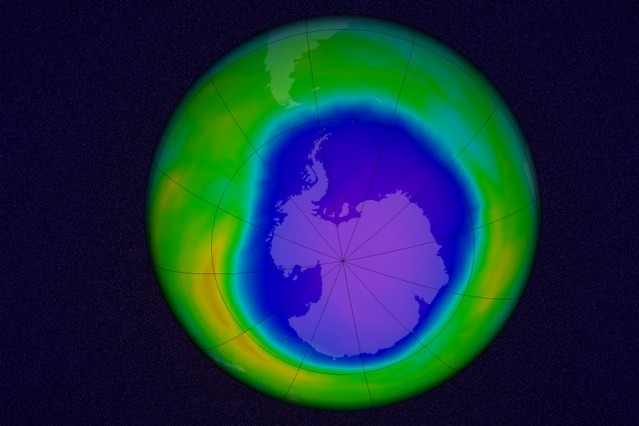Scientists revealed that the hole in the ozone layer, located over the Antarctic region is already shrinking, which suggests good news after environmental damage for the past 70 years, as an international accord was passed to phase out pollutants that can destroy the planet's protective layer from solar ultraviolet rays.
In this new study, researchers have determined that the ozone hole is now significantly smaller since by 1.5 million square miles since 2000 which can be compared to the the size of India.
According to lead author of the study, atmospheric chemist Susan Solomon, from the Massachusetts Institute of Technology, this is a big surprise, since we did not anticipate this would reveal early signs of healing. This ozone hole was first detected during the 1950s.
Record size of this ozone hole reached by October of last year, as Solomon and team identified the cause of this event, which is largely due to the eruption of volcano, Calabuco, in Chile.
New findings were based on an satellite data and measurements including ground based instruments and weather balloons, revealing an overall trend of recovery last September, as the ozone hole usually increases in size every October.
Solomon says that most scientists have been too focused on October since this is the time when the ozone hole is enormous, as this is the month where slings and arrows of other things become varied such as the slightest changes in meteorology.
This new study also determined that the ozone's recovery can be attributed to the continuous decline of atmospheric chlorine that originate from chlorofluorocarbons or CFCs which are chemicals that are once emitted by refrigerators, hair spray and other aerosols.
During the Montreal Protocol in 1987, most nations in the world banned the use of any CFCs. Solomon adds, we can now become confident from this, as we have placed the planet onto the path of healing.
This new study is published in the journal, Science.



























